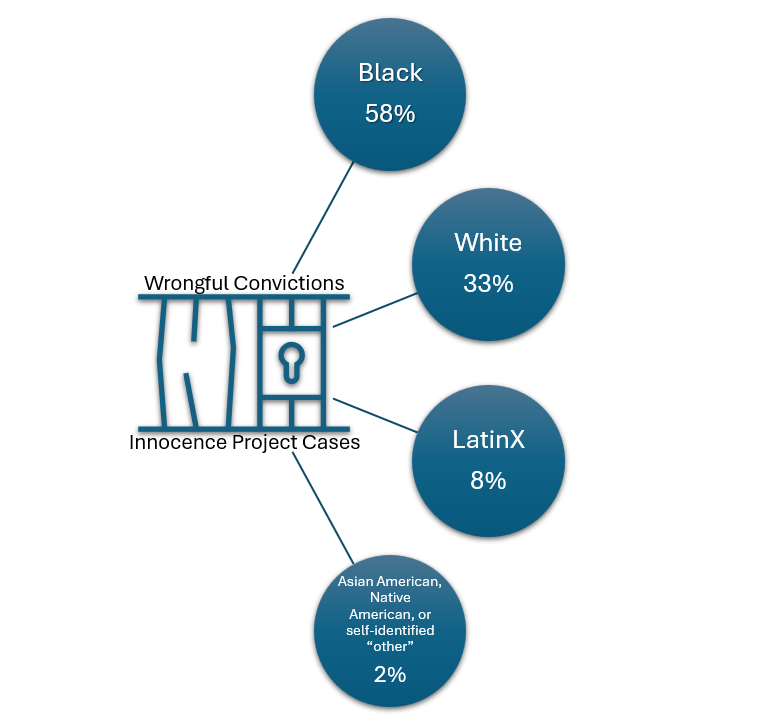7.2 The Criminal Legal System

Let’s go back to the beginning. The United States was formed by white European colonizers who created the opportunity to build a new country from scratch and address their misfortunes or oppression from the countries they had left. These new settlers were likely not choosing to come to this country because their life back home was easy and privileged. Rather, most were fleeing significant challenges and looking for a better life (much like most immigrants today). The early settlers were able to create a place for themselves where they were in charge. As the founders of a new country, they could determine the way everyone got to (or had to) live, and establish ways to hold on to their newfound power so no one could take it away.
When these white European settlers arrived and expanded across the land mass of the new country, they did so by attacking and destroying anyone who was not part of their in-group, claiming they were superior to the Indigenous people who were here long before these white people arrived. From the very beginning of what became the current United States of America, white people in power have been working together to keep those whom they may see as a threat to their positions (in other words, those over whom they have power) oppressed, dehumanized, marginalized, and vulnerable – all to maintain their self-claimed superiority and supremacy. It is in this setting and through this perspective that the criminal legal system in this country was created, along with all other systems of oppression, and how it has continued to oppress and punish the poor and people of color.
In this country, one in 31 people is under the control of the criminal legal system through probation or parole, or incarcerated in jail or prison. Consider this number and what that looks like in your world. For example, the class you are in may have around 30 students. That means one of the students is likely under the control of the criminal legal system. One in 31 might be a startling figure, but it gets even more alarming when we break it down by race. For example, one in three Black men can expect to be in jail or prison at some point in their lives. Decades of research have consistently shown that the overrepresentation of people of color involved in the system is not because they commit more crimes than their white counterparts. In this chapter, we will discuss evidence that scholars have found that provides a clear explanation for this dramatic disparity.
The widespread discriminatory practices that cause more harm than good are what have led many in the field to stop referring to this system of punishment as the “criminal justice system” and begin to call it the “criminal legal system.” They argue our current system is not what “justice” looks like. These terms will be used interchangeably throughout, particularly as the system is still largely referred to as the criminal justice system, but the distinction should be at the forefront of your mind. This chapter will explore how the history of this system continues to oppress marginalized populations (racial minorities and the indigent) at every single step in the process to try to hold on to white power and maintain the racist claim of white supremacy.
Check Your Knowledge
Licenses and Attributions for The Criminal Legal System
“The Criminal Legal System” by Taryn VanderPyl, revised by Jessica René Peterson, is licensed under CC BY 4.0.
Figure 7.2. Graphic by Jessica René Peterson is licensed under CC BY 4.0. Data from Innocence Project (2025).
a category of people grouped because they share inherited physical characteristics that are identifiable, such as skin color, hair texture, facial features, and stature
the racist belief that white people are superior to people of other races and ethnicities

